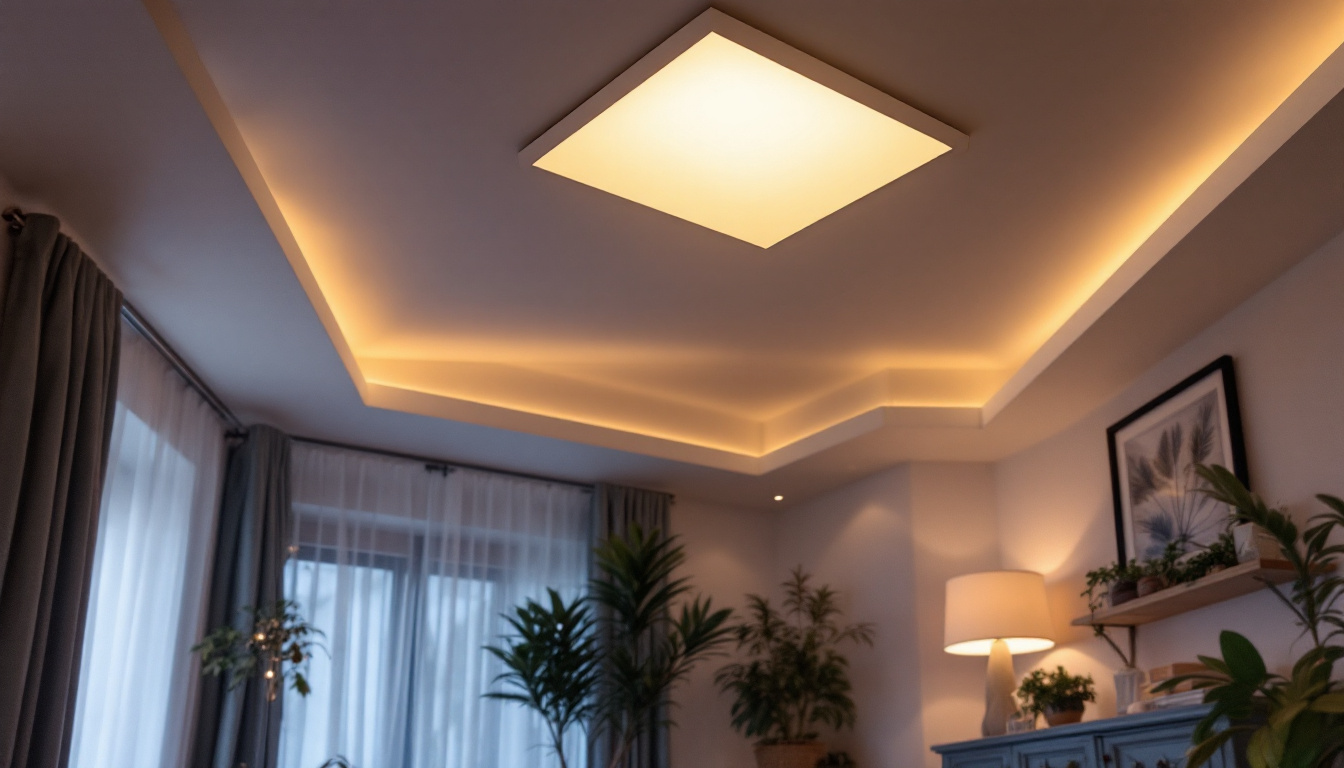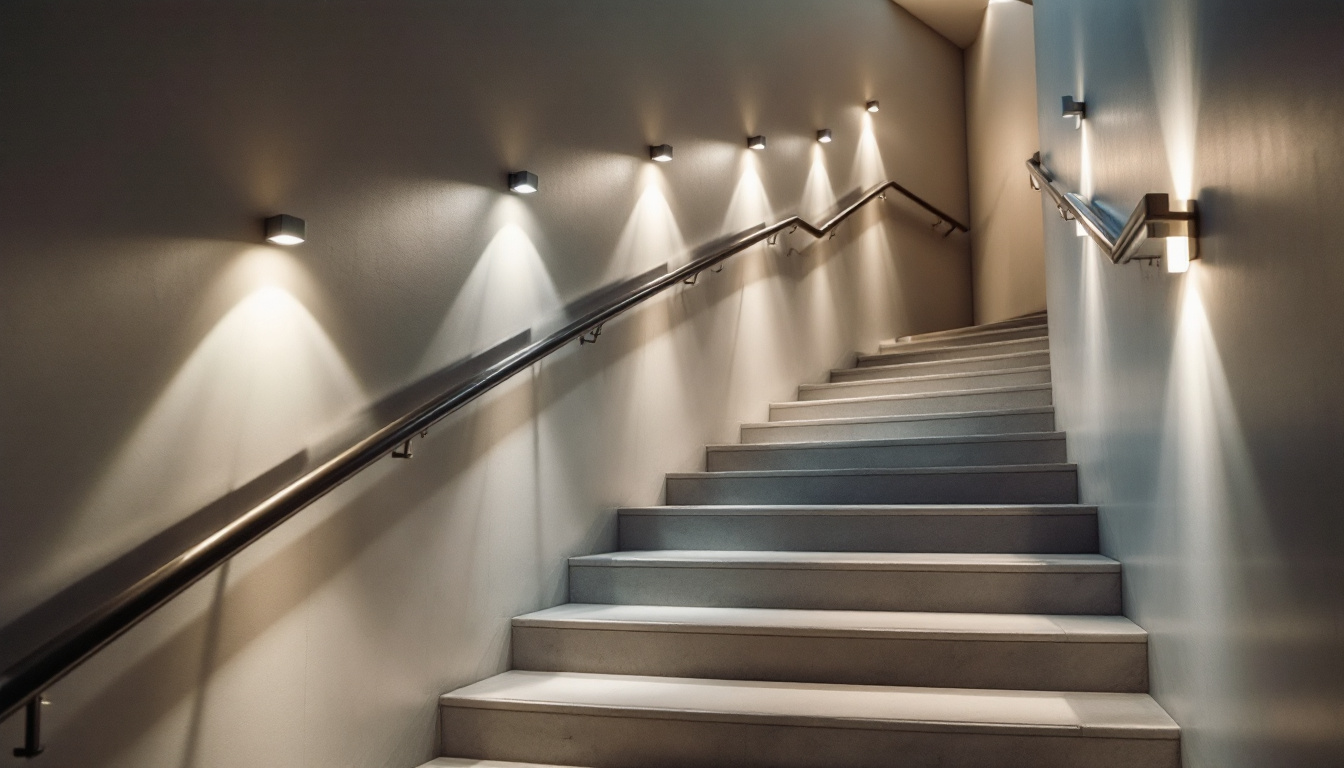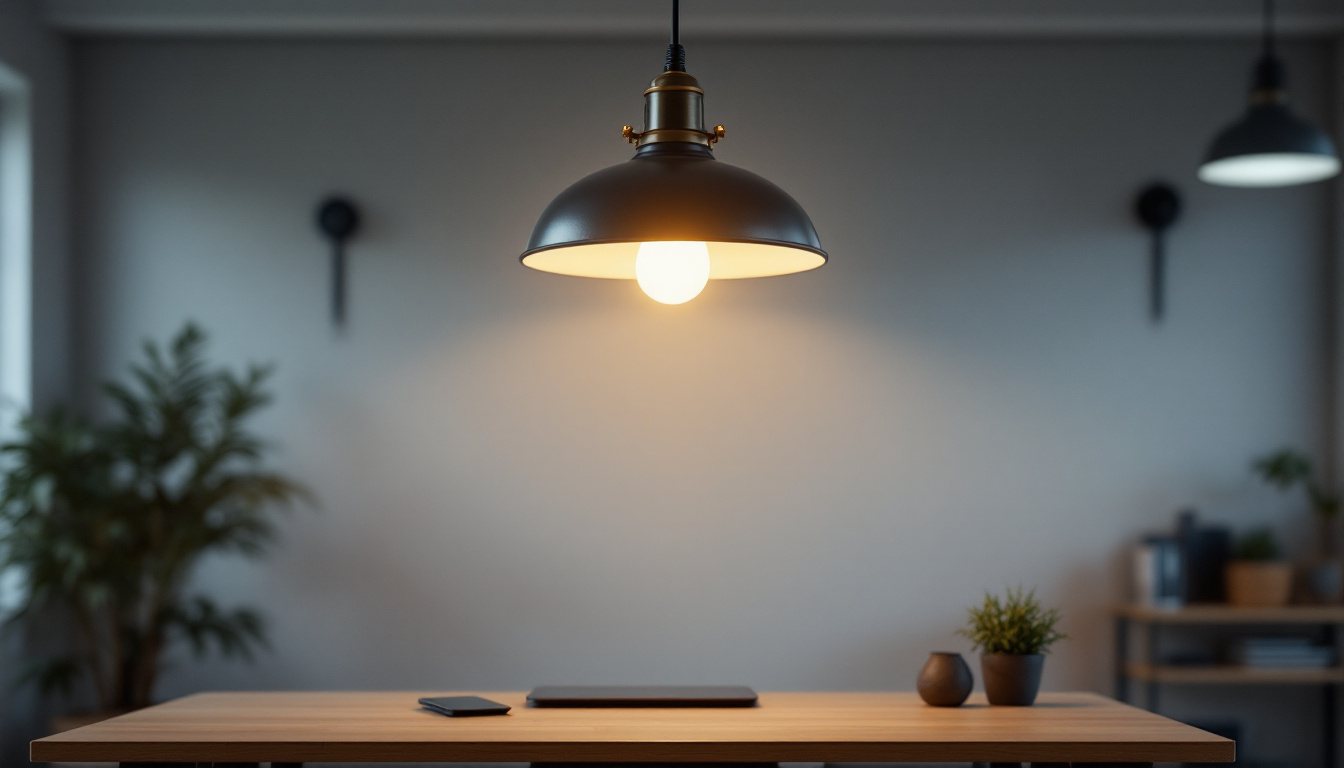
As a lighting contractor, understanding the intricacies of recessed lighting is crucial to delivering exceptional results for clients. Among the various options available, square recessed lights have gained popularity for their modern aesthetic and versatility. However, navigating the installation and design of these fixtures can present challenges. This guide aims to provide insights into avoiding common pitfalls when working with square recessed lights.
Square recessed lights differ from traditional round fixtures not only in shape but also in their application and design. Their sleek appearance can enhance contemporary spaces, making them a preferred choice for both residential and commercial projects. However, it is essential to grasp the fundamental aspects of these fixtures to ensure a successful installation.
One of the primary advantages of square recessed lights is their design versatility. They can be used in various settings, from kitchens and living rooms to offices and retail spaces. Their angular shape allows for unique configurations that can complement modern architecture. When planning a layout, consider how the square shape interacts with other design elements in the room. For instance, in a minimalist kitchen, square recessed lights can be arranged in a grid pattern to create a clean, uniform look, while in a more eclectic space, they can be used to highlight specific areas or features, such as a textured wall or a piece of furniture.
Square recessed lights come in various types, including adjustable, fixed, and wall-wash fixtures. Adjustable lights allow for directional lighting, making them ideal for highlighting artwork or architectural features. Fixed lights provide consistent illumination, while wall-wash fixtures create an ambient glow along walls. Understanding these types will help in selecting the right fixture for specific applications. Additionally, many square recessed lights are available in different color temperatures, ranging from warm white to cool daylight, allowing for further customization of the ambiance in a space. This flexibility enables homeowners and designers to create the perfect mood, whether it’s a cozy atmosphere for a living room or a bright, energizing environment for a workspace.
Another significant aspect of square recessed lighting is the advancements in energy efficiency and technology. Many modern fixtures are now equipped with LED bulbs, which consume considerably less energy than traditional incandescent options and have a longer lifespan. This not only reduces electricity bills but also minimizes the frequency of replacements, making them a more sustainable choice. Furthermore, smart lighting technology has made its way into recessed lighting, allowing users to control brightness and color temperature through mobile apps or voice commands. This integration of technology enhances convenience and can lead to more dynamic lighting schemes that adapt to the time of day or specific activities.
While square recessed lights can elevate a space, improper installation can lead to unsatisfactory results. Awareness of common pitfalls can help contractors execute projects more efficiently and effectively.
One of the most frequent mistakes is choosing the wrong size of recessed lights. Square fixtures come in various dimensions, and selecting a size that does not fit the scale of the room can disrupt the visual balance. It is essential to consider the ceiling height and the overall size of the space when determining the appropriate fixture size. Additionally, the wattage and lumens output of the chosen fixture should align with the room’s intended use; for instance, a larger room designated for reading or work may require brighter lights, while a cozy living area may benefit from softer, more ambient lighting.
Spacing is another critical factor in the installation of recessed lighting. Placing fixtures too close together can create an overwhelming brightness, while spacing them too far apart may leave areas inadequately lit. A general rule of thumb is to space lights approximately 4 to 6 feet apart, but this can vary based on the specific lighting needs of the area. Furthermore, it’s important to consider the type of activities that will take place in the room; for example, a kitchen may require more focused lighting over countertops, while a hallway might benefit from evenly distributed light to ensure safety and visibility.
Many contractors overlook the importance of incorporating dimming options into their recessed lighting designs. Dimmers allow for flexibility in lighting levels, enabling users to adjust the ambiance according to their preferences. Including dimmable fixtures not only enhances user experience but also contributes to energy efficiency. Moreover, the integration of smart dimmers can further elevate the functionality of the lighting system, allowing users to control their lights remotely or set schedules for different times of the day. This technology can be particularly beneficial in multi-functional spaces where the lighting needs may change throughout the day.
Electrical considerations are paramount when installing square recessed lights. Ensuring safety and compliance with local codes is essential to avoid future complications. Proper planning and execution can make a significant difference in the overall performance and longevity of the lighting installation.
Square recessed lights typically require specific wiring configurations. Contractors must ensure that the wiring is adequate to support the fixtures’ power demands. Improper wiring can lead to flickering lights or even electrical hazards. It is advisable to consult local electrical codes and guidelines to ensure compliance. Additionally, the gauge of the wire used is crucial; using a wire that is too thin can lead to overheating and potential fire risks. It’s also important to consider the total load on the circuit, as overloading can cause circuit breakers to trip, leading to inconvenience and potential damage to the electrical system.
Heat management is another vital aspect to consider. Recessed lights can generate significant heat, which can lead to damage over time if not properly managed. Using IC-rated fixtures can mitigate this risk, as they are designed for insulation contact and help prevent overheating. Additionally, ensuring proper airflow around the fixtures can prolong their lifespan. Installing thermal insulation barriers or using fixtures with built-in heat sinks can further enhance safety and efficiency. It’s also wise to regularly check the fixtures for dust accumulation, as this can impede airflow and increase heat retention, potentially leading to premature failure of the lighting system. Furthermore, opting for LED recessed lights can significantly reduce heat output compared to traditional incandescent bulbs, making them a more energy-efficient choice that also contributes to better heat management in the long run.
The choice of bulbs for square recessed lights can significantly impact the overall lighting quality. Selecting the right type and color temperature is essential for achieving the desired effect.
LED bulbs have become the preferred choice for recessed lighting due to their energy efficiency and longevity. They produce less heat compared to traditional incandescent bulbs, making them a safer option for recessed fixtures. Moreover, LED technology has advanced, offering a range of color temperatures that can suit various design aesthetics.
Color temperature plays a crucial role in the ambiance of a space. Warmer tones (2700K to 3000K) create a cozy atmosphere, making them suitable for living areas and bedrooms. In contrast, cooler tones (4000K to 5000K) are ideal for task-oriented spaces like kitchens and offices. Understanding the intended use of the space will guide the selection of the appropriate color temperature.
The trim of square recessed lights can significantly influence the overall aesthetic of a room. Choosing the right trim can complement the design and enhance the lighting effect.
There are several types of trims available for square recessed lights, including baffle, reflector, and adjustable trims. Baffle trims help reduce glare and are suitable for general lighting, while reflector trims can enhance brightness and are ideal for task lighting. Adjustable trims allow for directing light where it is needed most, adding versatility to the design.
The finish and color of the trim can also affect the visual appeal. Options range from white and black to metallic finishes, allowing contractors to match the fixtures with the surrounding decor. Selecting a trim that harmonizes with the overall design scheme can elevate the space and provide a polished look.
After installation, testing and making necessary adjustments is a crucial step often overlooked by contractors. Ensuring that the lighting meets the desired specifications can prevent issues down the line.
Testing the light levels in the installed space is essential to ensure that the illumination is adequate. Using a light meter can help measure the intensity of the light and determine if adjustments are necessary. If certain areas are too dim or overly bright, repositioning the fixtures or adjusting the bulb wattage may be required.
Gathering feedback from clients after installation can provide valuable insights into the effectiveness of the lighting design. Understanding their preferences and any concerns they may have allows for adjustments to be made and improves future projects. Client satisfaction is paramount in establishing a good reputation as a lighting contractor.
Square recessed lighting offers a modern and stylish solution for various spaces, but it requires careful consideration and planning to avoid common pitfalls. By understanding the nuances of design, installation, and electrical requirements, lighting contractors can ensure successful projects that meet client expectations. From selecting the right fixtures and bulbs to testing the final installation, each step plays a vital role in achieving optimal results.
Ultimately, the goal is to create a well-lit environment that enhances the functionality and aesthetics of the space. By following this guide, lighting contractors can navigate the complexities of square recessed lighting with confidence, ensuring their projects shine brightly for years to come.
Ready to elevate your lighting projects with the sleek sophistication of square recessed lighting? At LumenWholesale, we provide lighting contractors with the highest quality, spec-grade lighting products at prices that can’t be beaten. Say goodbye to unnecessary markups and hello to a vast selection of reliable lighting solutions that meet rigorous industry standards. Plus, with free shipping on bulk orders, you can stock up on premium lighting without worrying about hidden fees. Don’t compromise on quality or value—visit LumenWholesale today and discover the ideal blend of quality, affordability, and convenience for all your lighting needs.

Explore innovative strategies employed by smart lighting contractors to illuminate stairwells efficiently and stylishly.

Discover the surprising details that lighting contractors frequently miss when selecting and installing light bulbs.

Explore the diverse world of light switches and discover how lighting contractors can overcome common challenges.

Discover the essential role of industrial hanging lights in modern lighting projects.